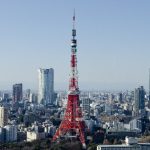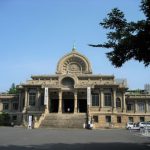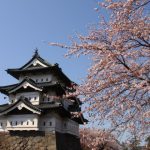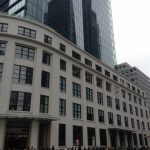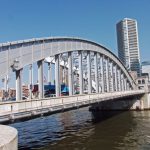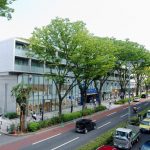Tokyo Skytree Basic Information
Symbol of lighting and environmental art
Recently constructed radio masts and towers are not only playing a role for telecommunications and broadcasting, but are also popular sightseeing spots, featuring dramatic nighttime illumination and observatories with spectacular city views.
Among these towers built after 2000, Tokyo Skytree is especially entertaining for both tourists and locals due to beautiful illumination with various patterns throughout the year. It is designed with angles calculated to produce vivid, intricate shadow patterns regardless of the season, even in daylight.
Advantages and disadvantages of constructing Tokyo Skytree in various locations were debated, with consideration for factors such as radio disturbance, environmental impact, safety, finance, height restrictions, and so on. Ultimately, the location for the new radio tower was decided to be Sumida-ku, a factory and waterways area. It is close to the residential part of a traditional Japanese downtown area. In 2012, Tokyo Skytree was completed, its exquisite figure suitable for the authentic town it rises above.
The appearance suggests the beauty of the Japanese sword’s curve. The tower has an earthquake resistant structure. It is made from reinforced concrete, and its cross-section system features an equilateral triangle on the ground that gradually rounds to a circle toward to the top. It has one of the most complicated structures of any freestanding tower in the world.
During its construction, many studies and arguments regarding cultural and social considerations were undertaken. Paint, illumination, color, structure, and new technologies were examined. Tokyo Skytree has made a huge impact on architecture and art in Japan.


